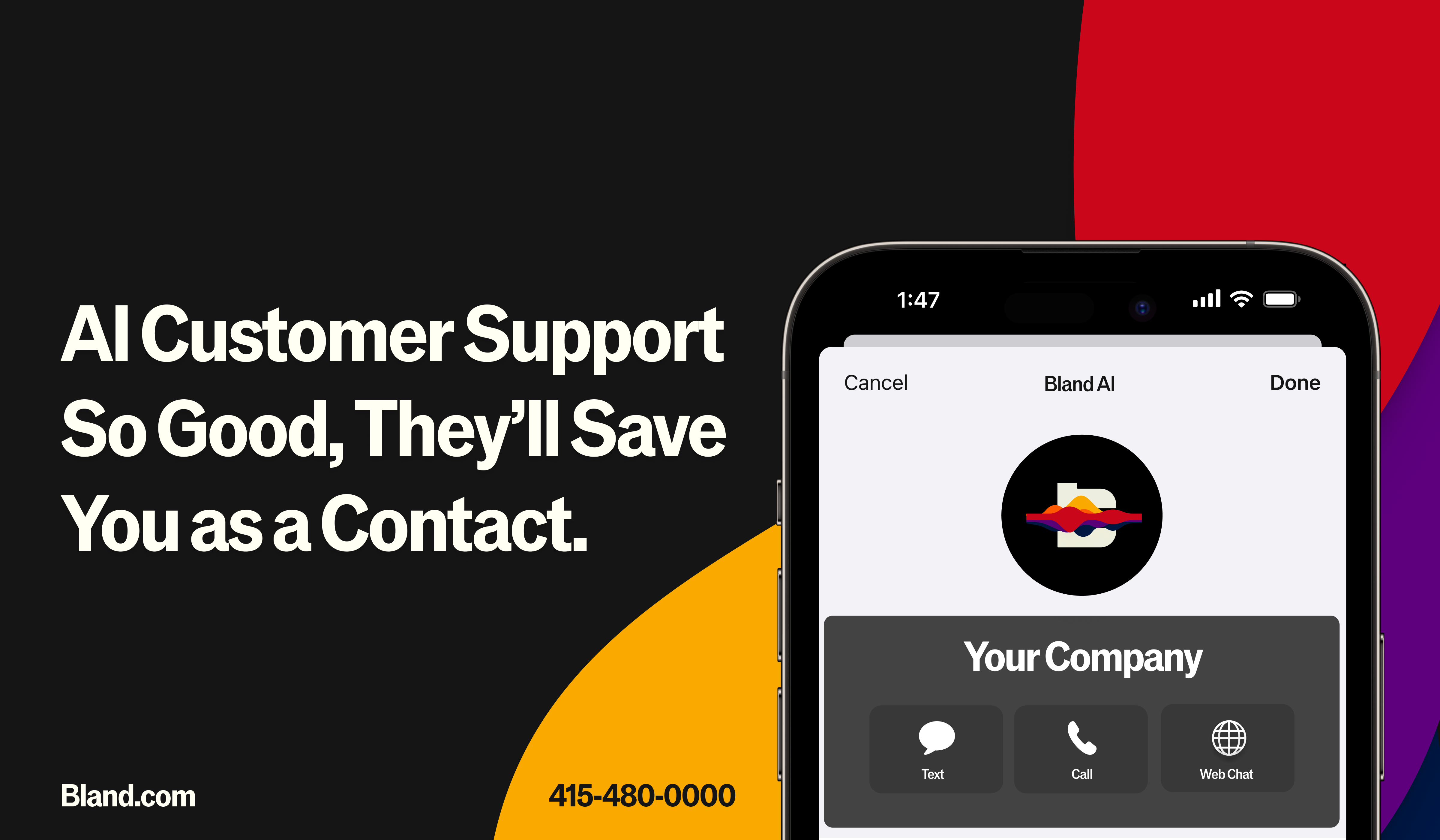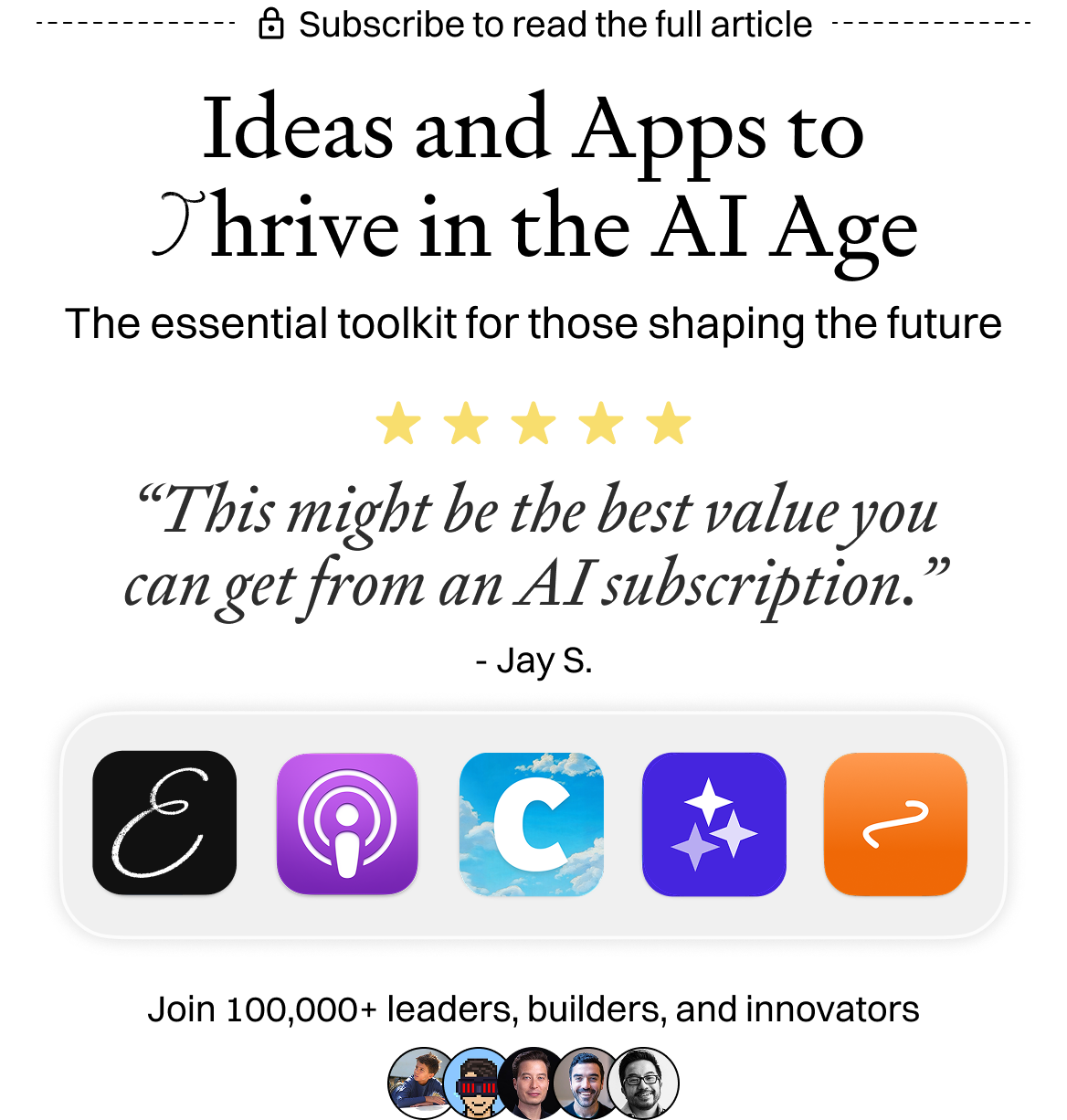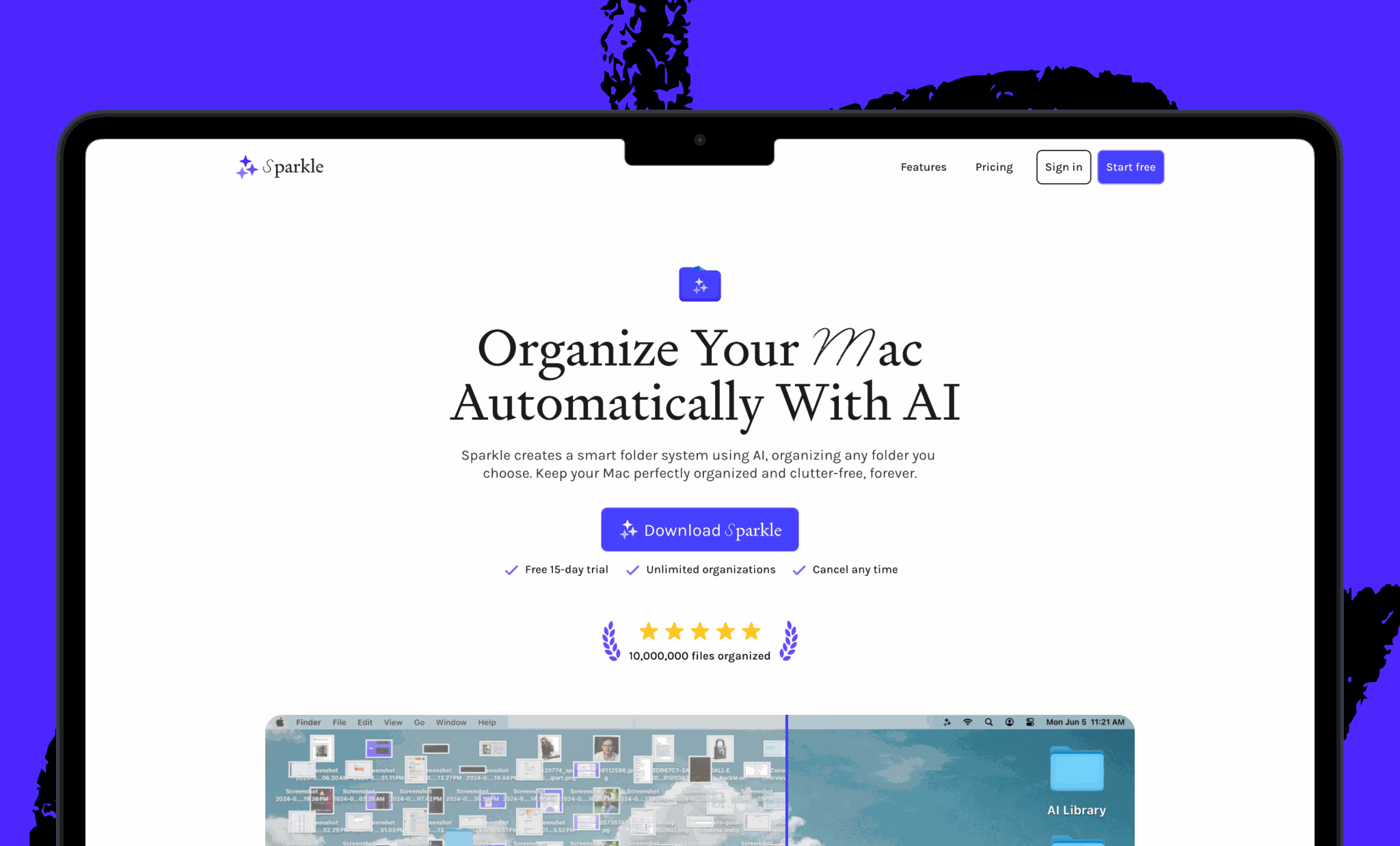As a seasoned founder in tech, Stella Garber knows that the business landscape is ever-changing, and a crisis can strike at any moment—which is exactly what happened to her and her team at Hoop earlier this year. When a key data source went dark with just four weeks’ notice, they did panic—a little. But then they realized the opportunity: Going from AI as an add-on to making their company AI-native would open up a whole new world of possibility. In her latest piece for Every, Stella gives readers a first-hand account of what it’s like to pilot a startup through disruption in the age of AI.—Kate Lee
Was this newsletter forwarded to you? Sign up to get it in your inbox.
It was a simple message from one of my coworkers late last May that forever altered our startup’s trajectory: “On June 30 Slack is cutting off the level of data access we need for Hoop to work.”
My stomach dropped.
At Hoop, where I’m a cofounder, we’d spent the previous year building an AI task manager that automatically captured action items from Slack conversations, email threads, and meeting transcripts and put them in one spot so business executives never missed tasks. The product was finding a market: Users loved it, retention was good, and we were adding hundreds of paying customers each month.
The problem was Salesforce. The company, which owns Slack, was clearly building a moat around its data. Without this datastream, we lost the most differentiated piece of our product and the heaviest source of noise where Hoop could help customers find clarity. Our product-market fit survey told us that most of our customers found the Slack connection indispensable. Without it, we were likely to lose them.
Our first reaction was panic. We considered trying to find a workaround like adding Microsoft Teams support or looking for some sort of loophole. But then we realized we had to rebuild and rethink both our product and processes. So much had changed since we began building this product, including the ways we believed people would interact with software as well as their expectations of what software could do for them. We came to realize what every company is going to realize as AI advances: As you integrate AI-first thinking, you stop doing the work and start directing it, and you can operate at a completely different level.
We were going to rebuild the product and our team’s processes in a whole new way.
Bland Is the Most Powerful Voice AI in the World
In fact, chances are, you’ve already spoken to it without even noticing. Companies from Fortune 500’s to startups have been using Bland to build AI voice agents for sales, support, and much more. It can:
- Answer phone, SMS, and web‑chat requests 24/7—no hold music, no queues
- Scale to 1 million-plus simultaneous conversations while slashing support costs
- Speak any language and connect to any backend CRM, ticketing, or data source
- Stay on‑brand with guard‑railed reasoning that prevents hallucinations and off‑script replies
Hundreds of enterprises and high‑growth startups already trust Bland to boost CSAT, cut resolution times, and free up agents for higher‑value work.
Curious? Call the number in the image, or Every readers can get started here for free.
Becoming AI-native
Most of us at Hoop came from Trello, which we built from the ground up to a $425 million exit to Atlassian. To successfully transition to being AI-native, we had to question which of our “best practices” and processes still made sense. Instead of injecting AI into existing workflows, we needed to rethink the workflows themselves.
To find our pivot, we followed a four-step process to be systematic about any new direction. Before the crisis, our development cycle looked something like this:
- The product team writes a product requirement document (PRD).
- The design team creates mockups of the product.
- Engineers break down work, create tickets, and get to work coding.
- The marketing team prepares assets.
We’d build, test, deploy. Rinse, repeat. We certainly sprinkled some AI in there, but most of our code was still written by humans.
Step 1: Starting over
The transformation started with every person on our team changing their starting point:
Become a paid subscriber to Every to unlock this piece and learn about:
- The AI tools Stella and the Hoop team adopted as they plotted their pivot
- The detailed guidelines the team used to outline their next product
- How they used AI workflows to launch a whole new business in just a few weeks
What is included in a subscription?
Daily insights from AI pioneers + early access to powerful AI tools
 Front-row access to the future of AI
Front-row access to the future of AI
 In-depth reviews of new models on release day
In-depth reviews of new models on release day
 Playbooks and guides for putting AI to work
Playbooks and guides for putting AI to work
 Prompts and use cases for builders
Prompts and use cases for builders
 Bundle of AI software
Bundle of AI software




